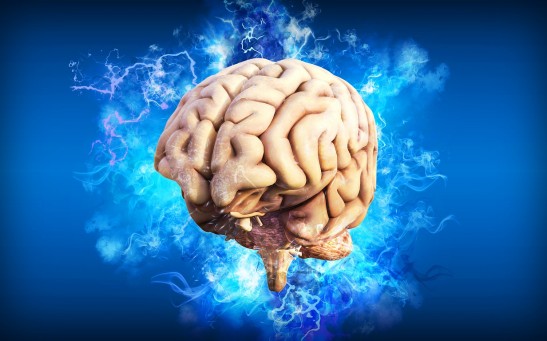Researchers from the Icahn School of Medicine, Mount Sinai, have published a study titled Opposing Roles for Striatonigral and Striatopallidal Neurons in Dorsolateral Striatum in Consolidating New Instrumental Actions in the journal Nature. In this study, the team reports that the brain’s dorsal striatum plays a role in compiling newly learned behavior.
Researchers find a new role of the dorsal striatum
Previous studies have shown that the dorsal striatum takes part in executing habitual behavior. Until now, scientists thought that this was the only function of this part of the brain. The new study shows that the dorsal striatum balances neural circuits that process habits and recent actions.
According to Siestse Jonkman, Ph.D., a study author and former post-doctoral fellow in Mount Sinai, the team carried out the study to understand striatal circuits that take part in action learning.
How researchers conducted the study
The researchers split mice into experimental and control groups. Researchers placed the first group in a cage where they taught the experimental group to get food by pressing a lever that released one pellet.
Two days later, they placed both groups in a different cage with a lever. The experimental mice kept trying to receive food by pressing the lever even though none came out. However, the control group only pressed the lever a few times and would continue to search the cage for food.
While the mice were in the cage, the researchers evaluated their neural activity. They found that neurons in some regions of the dorsal striatum were more activated for the trained mice than the control group. Other active areas include the nucleus accumbens and the dorsomedial striatum.
Researchers then administered anisomycin about 6 hours after training the mice. Asinomycin inhibits neurons from making proteins to store long-term memory. Only when they injected the drug into the dorsal striatum did it prevent mice from recalling new actions.
Alexander Smith, Ph.D., the lead author of the study, adds that the study proves that the dorsomedial striatum, which was previously only known for storing learned actions, is also used to integrate activities immediately after learning
Researchers plan to conduct further studies to find out if a disruption in the two roles of the dorsal striatum can lead to neurological disorders.


